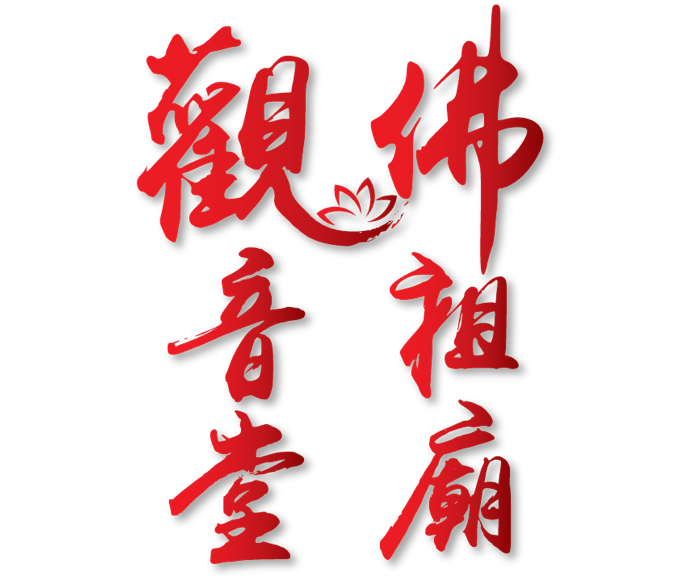kSAnti – Patiently Waiting
NUS Indian Dance
19 March | 7.30pm | UCC Theatre
Explore More

DIRECTOR’S MESSAGE
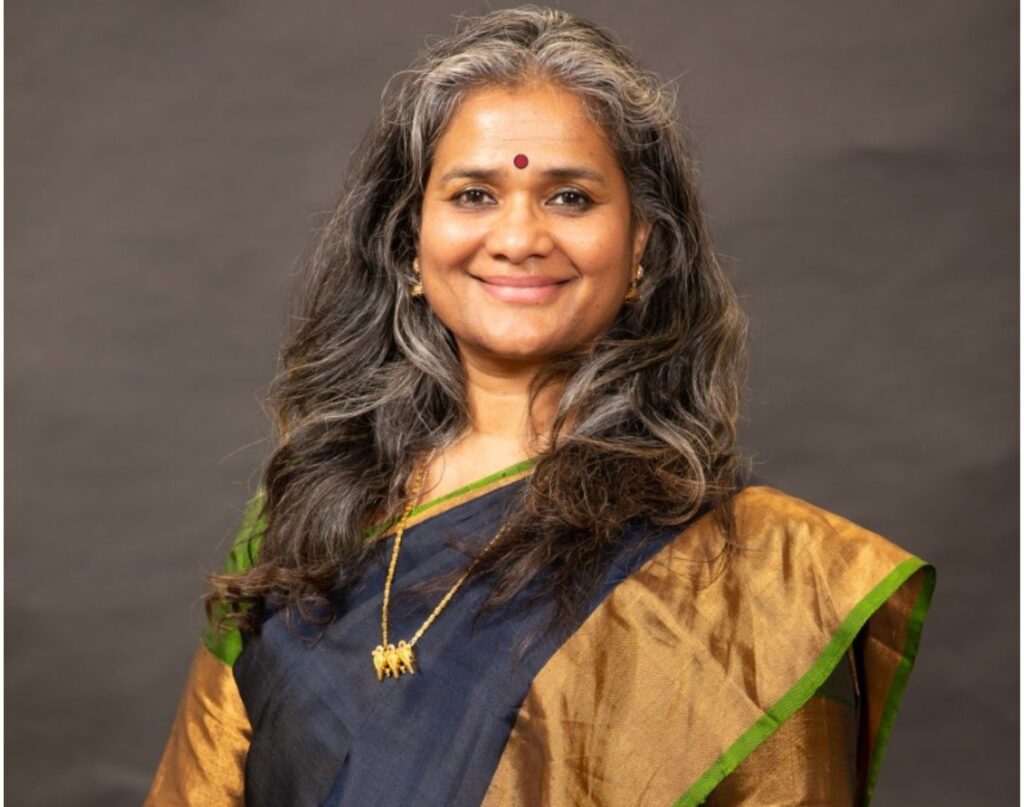
Meenakshy Bhaskar
Artistic Director/ Choreographer
kSAnti—Patiently Waiting explores this fact that none of us are exempt from this time in between. Even God of Time and Death, Yama finds himself in this liminal space – held in the time betwixt. That it can be both painful and healing to be waiting.
kSAnti - Patiently Waiting, by NUS Indian Dance, explores how powerful and profound things can happen in liminal time while waiting patiently. The production that brings together dancers, poets, and visual artists to retell tales of the Gods in contemporary settings.
SYNOPSIS
Sathyavan and Savithri
Savithri was an exceptional princess with a powerful personality. She was as benevolent and brilliant as the Sun god she was named after. On Savithri’s journey to find her equal, she met Sathyavan, a young forest-dweller. She soon realised that he is the son of a blind king who had lost his entire kingdom and now lived in exile. Sathyavan’s devotion and resilience to support their meagre new life moved the princess and she fell in love with him.
Upon returning home to convey the good news, she meets the messenger of the gods, Sage Naradha, who reveals a tragic prophecy that Sathyavan only had a year to live. Regardless, Savithri remained unmoved and married Sathyavan. She left her lavish life behind and decided to live a simple life with her beloved.
A year passed and the fateful day arrived. While in the forest, Sathyavan grew extremely weak all of a sudden, and soon became still and cold. Since Sathyavan was such a divine/virtuous/pure soul, Lord Yama, the god of death, himself arrived to lead him into the afterlife. However, Savithri was not giving up yet. She tirelessly followed Lord Yama for miles in an attempt to get/bring her husband back.
Impressed by her determination, Yama offers her a boon to ask for anything but her husband’s life. Savithri immediately asks for her father-in-law’s eyesight and kingdom to be restored. Yama granted her the boon and was touched by her selflessness. He then offers her a second boon, where this time, she could ask anything for herself but on the same condition as before. The princess then asks to be the mother of many children/a thousand sons. Just as Lord Yama gladly accepts her request, Savithri cleverly questions how she could bear children without her husband. Astounded by her wit, Yama returns Sathyavan back to his faithful wife and blesses the couple with eternal happiness.
Lord Krishna and Radha
Lord Krishna is an avatar of Lord Vishnu and also a supreme god in his own right. He was incarnated as a nephew to King Kamsa, a merciless evil-doing king. It was prophesied that King Kamsa would be slain at the hands of his own nephew, prompting him to imprison his sister and her husband as well as kill every child of theirs. When Lord Krishna was born, he was secretly saved and raised amongst the cowherds in Vrindavan, far away from the capital.
As a child, Lord Krishna was adored for his mischievous pranks, and also celebrated for performing miracles and slaying demons in his hometown of Vrindavan. As a youth, he was best known for being a charming lover: the sound of his flute could entice the Gopis (wives and daughters of the cowherds) to dance the night away with him.
Although he had won the hearts of many maidens, Krishna’s favourite was Radha, the head of the young Gopis. Radha was also very much in love with Lord Krishna. Radha, a sacred-hearted and beautiful woman, had divine devotion and love for Krishna from the very beginning. Her love was holy piety and extended further beyond mortal love and lust. Many Hindu scholars would argue that there would be no Krishna without Radha and vice versa.
However, they never got their happy ending. Lord Krishna had to fulfil his prophecy of slaying his uncle. For that, he had to leave Vrindavan and Radha behind. Hence, destiny would seem against this forbearing couple. It is said that Radha’s love for Krishna had transpired into such strong ardent dedication- one that was way beyond what the mortal mind could fathom as she continued to lead a corporeal life.
kSAnti– Patiently Waiting explores a different take on this beautiful love story- a modern Radha and Krishna, tested through the trials and tribulations of the 21st century where their divine love finally unites the couple and gives them the “happy ever after” that they wanted.
Lords Shiva, Parvathy and Ganesha
Lord Ganesh is the eldest son of Lord Shiva and Goddess Parvati and the brother or Lord Muruga. He is the supreme lord of power, wisdom, intellect and prosperity. He is depicted as a big-bellied god with four arms with the head of an elephant, riding on a mouse. But how did Ganesha end up with an elephant head but a human body?
Goddess Parvati wanted someone to guard her private chambers while she was bathing. The associates available to guard were Lord Shiva’s servitors and they are fully loyal to him. This made her want someone to be loyal to her fully.
She hence decided to create a young boy out of turmeric powder which she had applied on her body and that boy was Lord Ganesha. She told him to guard the chambers while she bathes.
A day later, when Lord Ganesha was still guarding the chambers, Nandhi and all the other associates were denied entry. The boy had no clue how important these people were. After a long futile fight with Lord Ganesh, Lord Shiva himself appears. Not knowing that Lord Shiva is his father, he decides to fight even more with Lord Shiva which angers him.
He then takes out his cosmic Trident, known as thrishool, and beheads Lord Ganesha. Lord Parvathy learns about this and is shocked and enraged. She then demands Shiva to return her son’s life if not everything will be finished.
Lord Shiva unable to bear the pain he has caused lord Parvathy and feeling guilty, asks Lord Brahma, Creator of the Universe, to find the head of the animal he sees first. That animal happened to be an elephant and that is how Lord Ganesh ends up getting an elephant head.
EVENT GALLERY
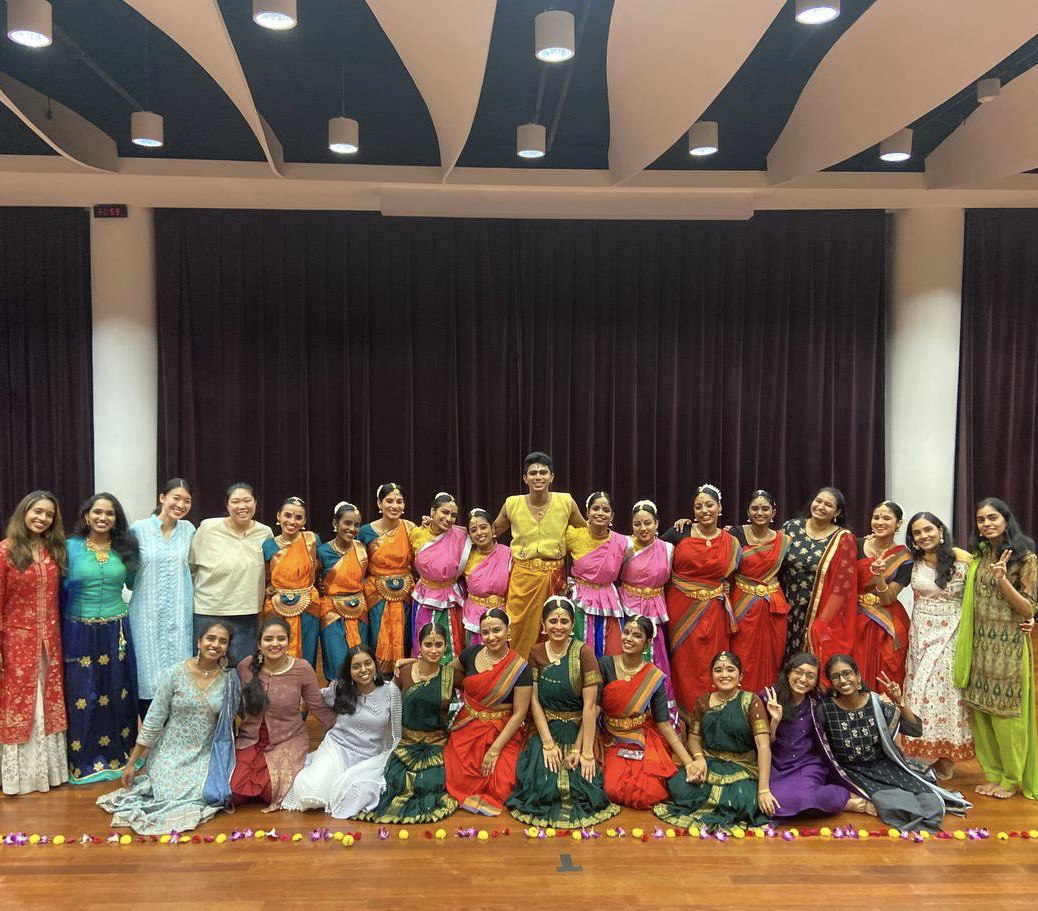
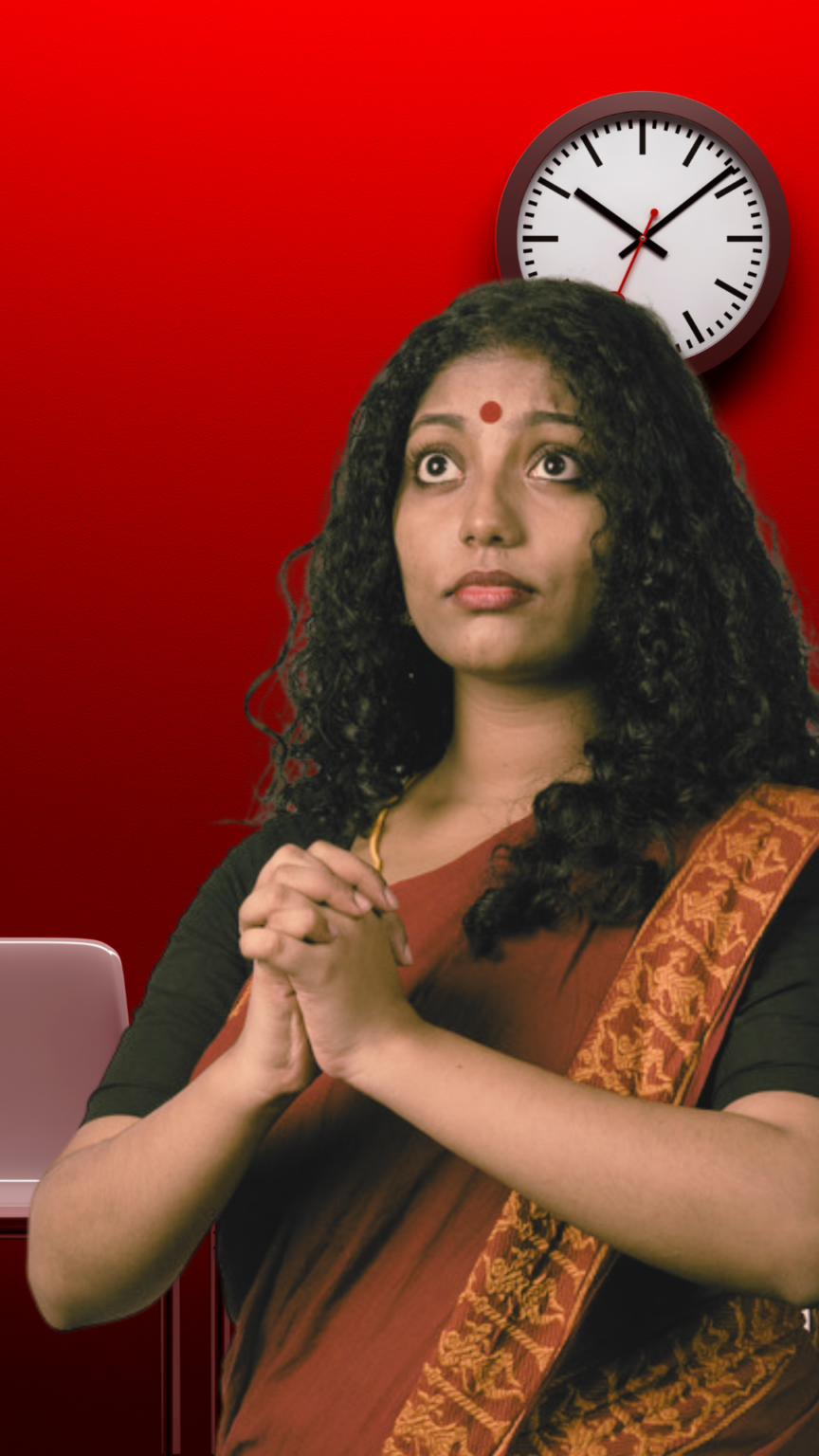

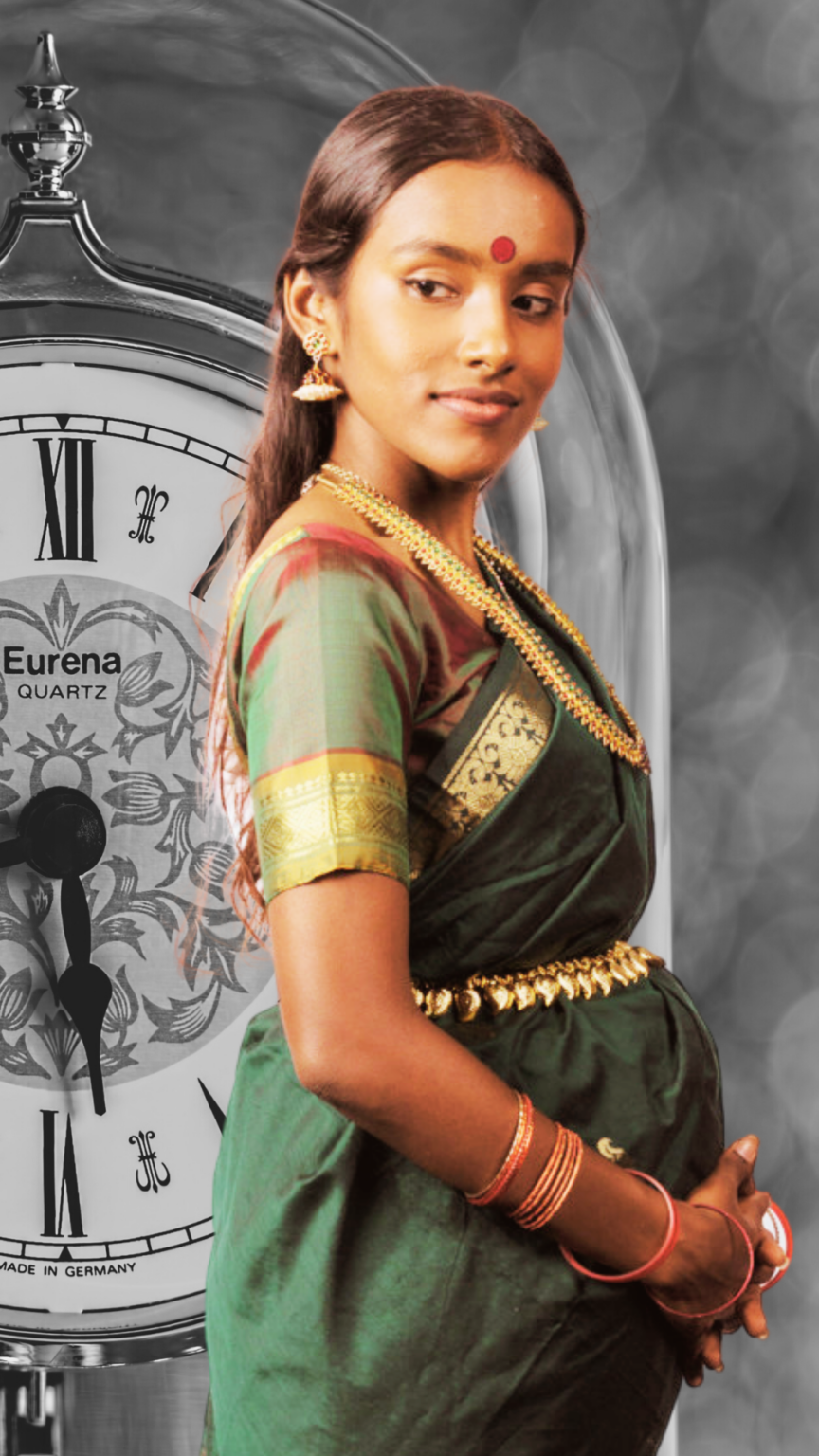
CREATIVE TEAM
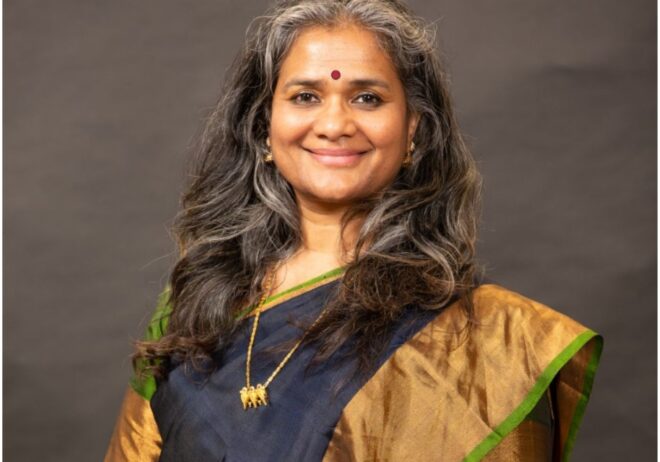

Meenakshy Bhaskar
Artistic Director / Choreographer


Alvin Pang
Creative Collaborator


Wong Zi Hao
Visual Artist, NUS Museum


Iskander Abori
Lighting Designer


Fadlin Faladino
Multimedia Designer


Phil Xander
Animator


Dr Kamalini Ramdas
Faculty Advisor


Mdm Ambujah Thiru
Technique Tutor


Shruti Sridhar
Writer
Production Team


Tan Ching Ting
Production Stage Manager


Lavanya Mishra
Assistant Stage Manager


Aniketh Das Roy
Assistant Stage Manager
Music Recording and Arrangement


Snoots Music Group
SMG Connexion


Mohammed Ali Abdullah
Dancers


Athira Radhakrishnan
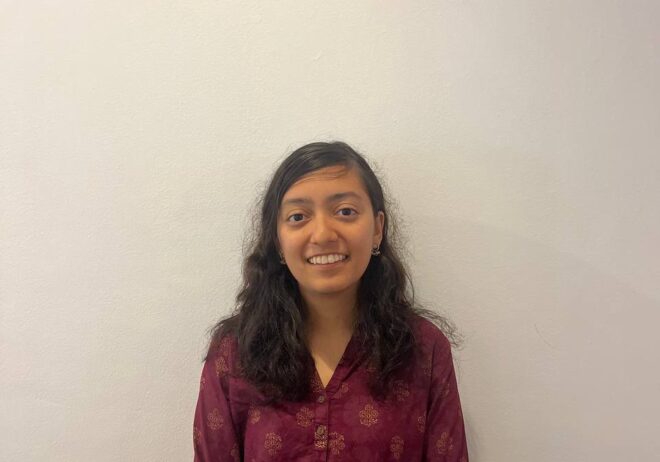

Bahety Arjavi


Guvvala Leela Vaishnavi


Himani Dharshini Vetrivelan


Kannan Madhumitha


M Amruthavarshini


Murugesan Karthika
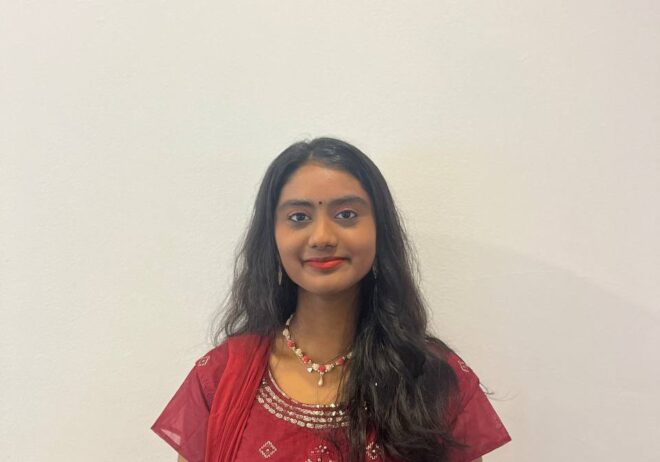

Nambi Saravanan Sharanya


Pandi Preshita
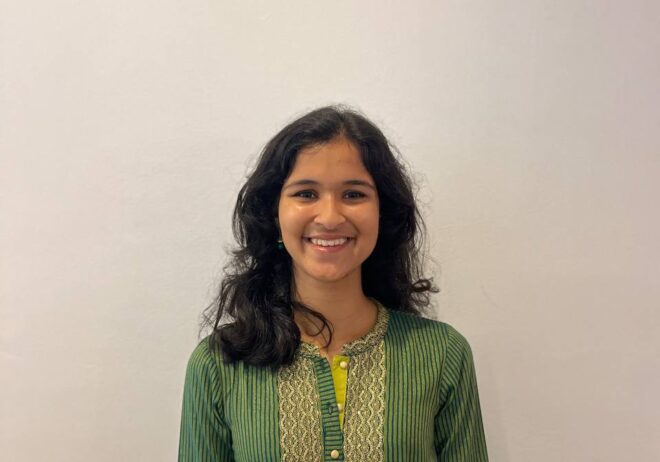

Saanjana Kapoor


Sakai Yukiko
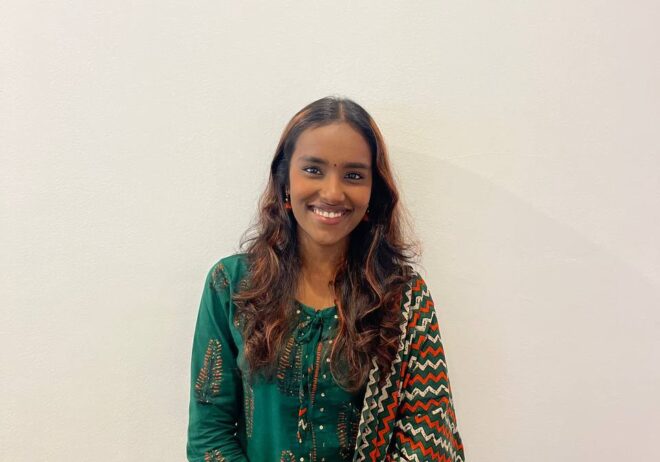

Senthil Kumar Abirami


Shreya Raman


Shriti Shah
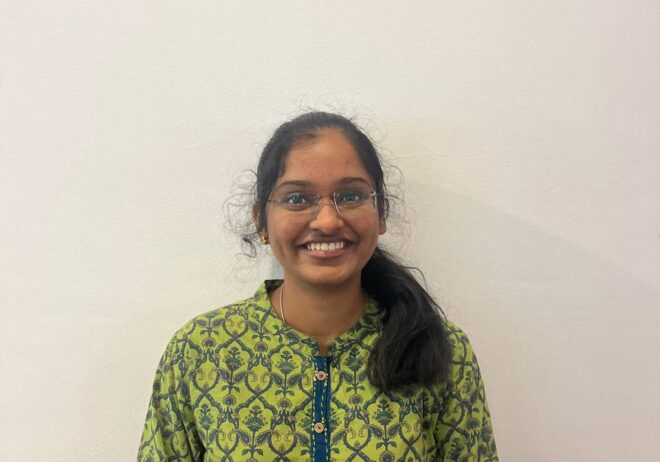

Shruti Sridhar


Uthayamoorthy S/O Rajendiran
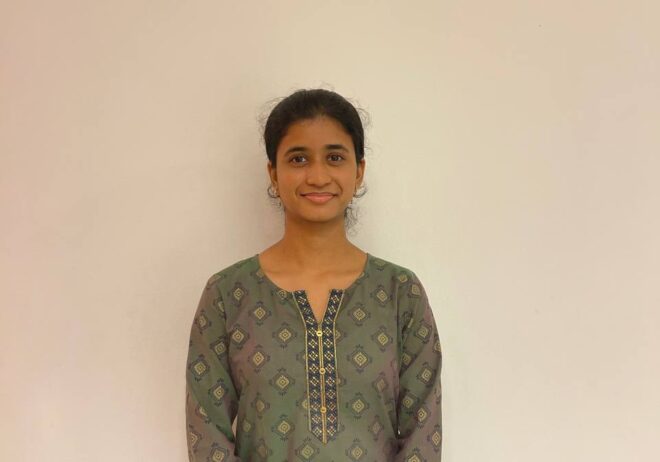

Yovan Selvasingh Sharon Pudhparagam
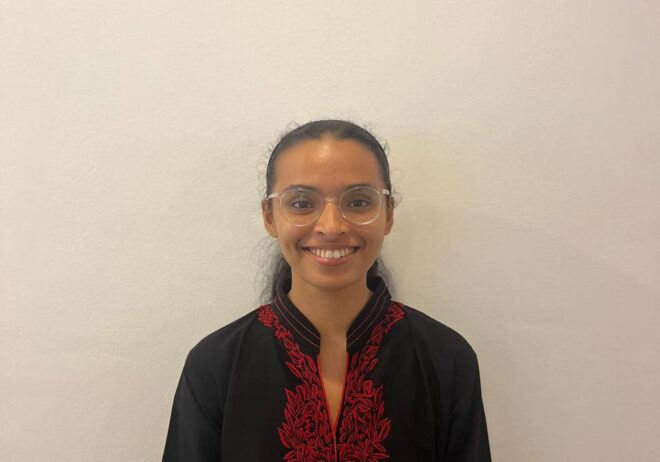

Kavya Hegde
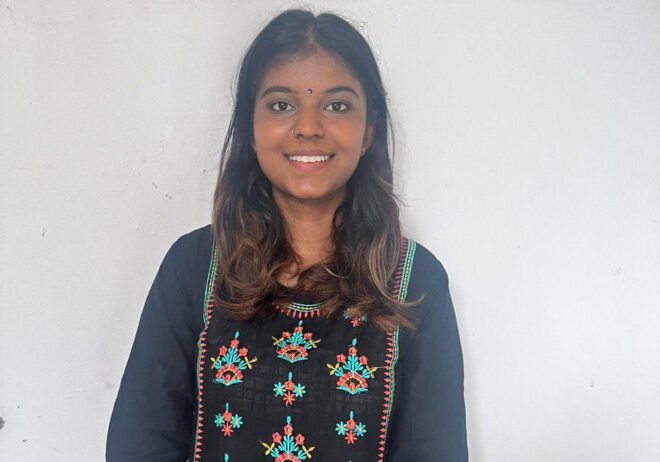

Y Snega
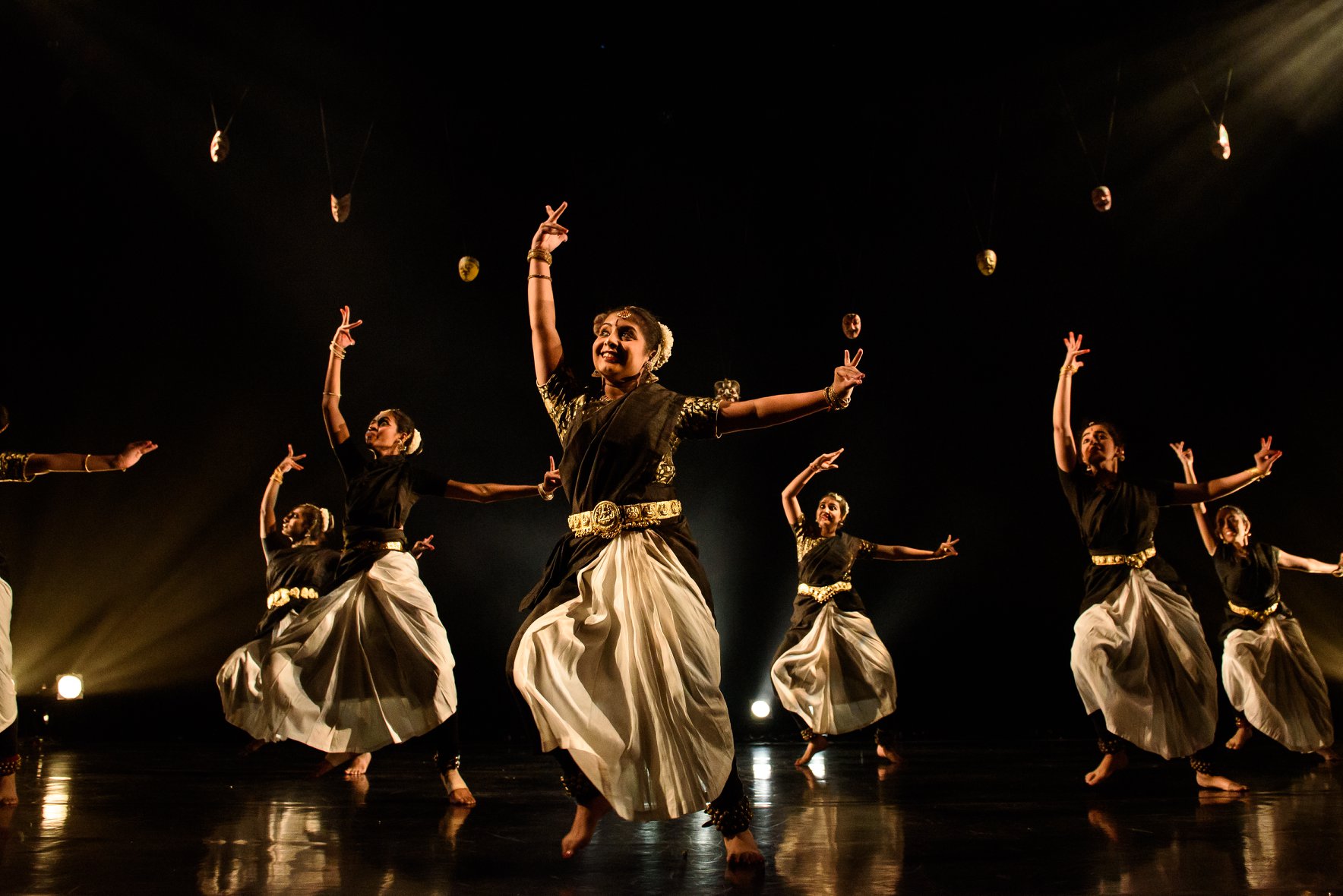

NUS INDIAN DANCE
Established in 1977, NUS Indian Dance is a group of highly committed dancers and is currently guided by its Principal Tutor, Ms. Meenakshy Bhaskar, an eminent practitioner of Indian Dance.
NUS Indian Dance pursues excellence in Bharatanatyam ,the Indian classical dance form through rigorous training aimed to hone dance skills and develop a deeper sense of self-confidence and cultural identity.
Recent productions include Thanmai, for NUS Arts Festival 2022, which looked at the cycles of seasons as ever-widening circles like waves, modulated by Time and Light and highlights the importance of each season and sensation as particles of human existence, encompassing meaning in moments of light and dark.
EXECUTIVE COMMITTEE 22/23


Senthil Kumar Abirami
President
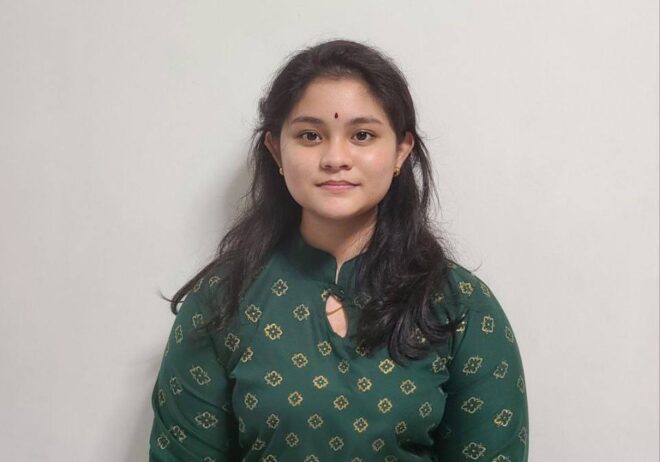

Thivya Koh Wenqi
Vice President


Kannan Madhumita
Secretary - Treasurer


M Amruthavarshini
Marketing Head


Pandi Preshita
Dance Captain
CREDITS
NUS Museum
Bhaskar’s Arts Academy
Group manager:
Lili Muslihah Mujtaba
Yama’s Kathakali Choreographer:
Sadanandan Pillai Biju






